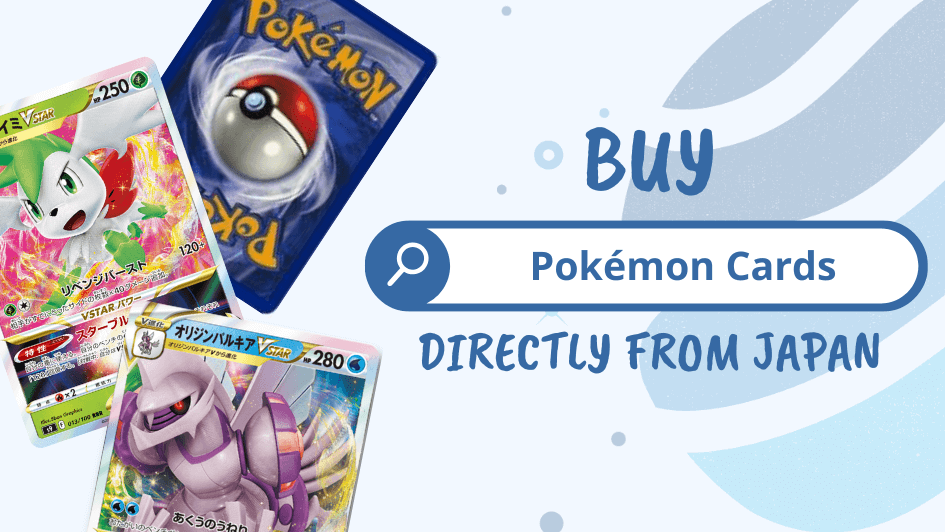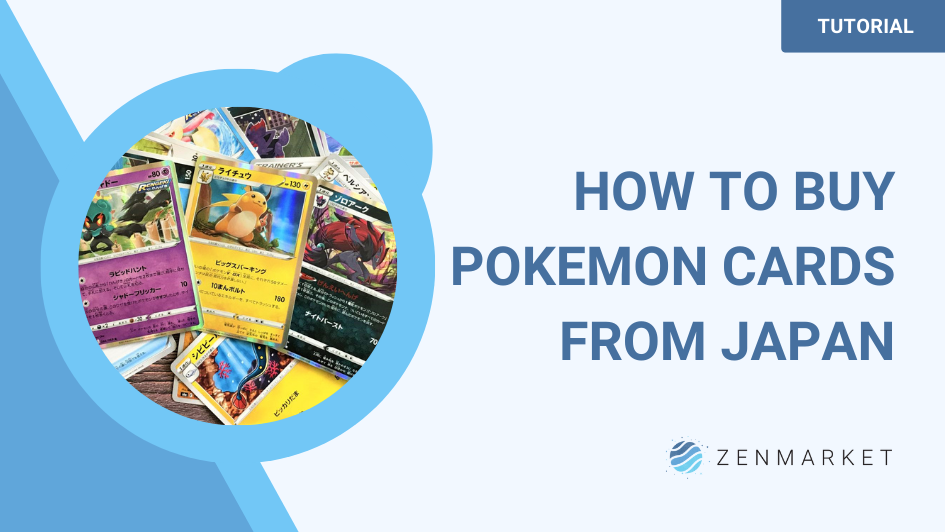After sending thousands of Japanese Pokemons from Japan to the rest of the world, some of our new customers often wonder are Pokemon cards cheaper in Japan?
On average, Japanese Pokemon cards are cheaper. The MSRP of a pack of English Pokémon cards is $4 containing 10 cards, $0.40 per card. Japanese Pokemon cards are approximately $1.50 (165 Yen) for 5 cards, $0.30 per card. However, cards in a Pokemon pack may change in price depending on the set.
However, there is more to this story that you need to know.
Like a secret rare card, a comprehensive answer to this question is hard to find.
Instead, you’ll need to understand all the variables that impact the price of Pokemon cards, and how this differs between the English and Japanese versions.
But, you don’t have to go searching through the tall grass and risk an encounter with bad information.
We’ve gathered all of the facts for you.
Read on if you want to become a Pokemon (TCG) Master...
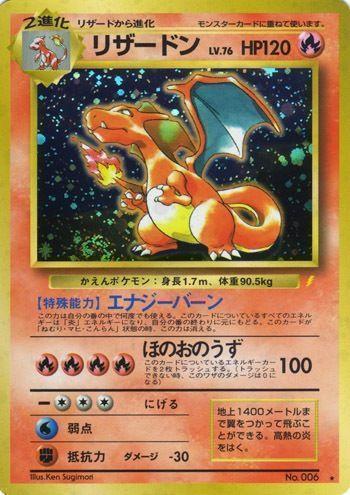
What Determines Pokemon Card Costs?
Buying in Bulk
Before you even decide which kind of cards you should be paying for, here some general rules you should know when it comes to cost:
- Booster boxes yield the most cards for the money, followed by individual packs.
- Buying cards individually is the least cost-effective method -- unless you only need a particular card.
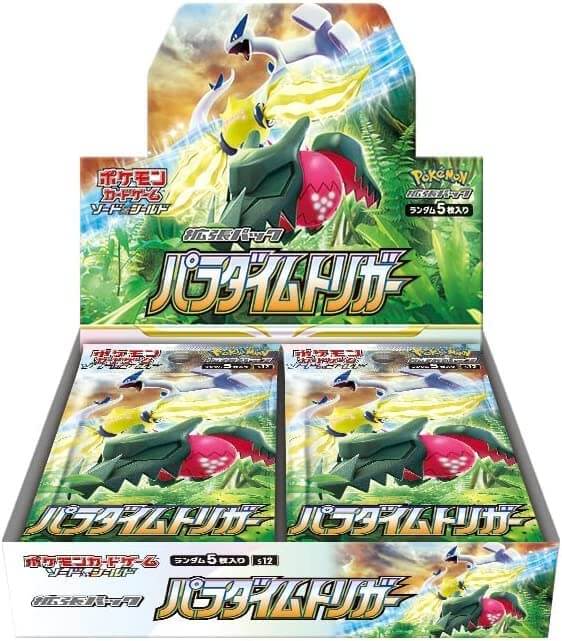
According to CovenantTCG, the manufacturers suggested retail price (MSRP) for a single pack of Pokemon cards, containing 10 cards, is $4. The MSRP for a booster box, which contains 36 packs, is $144.
Now move over to Japan.
To be clear: an English booster box gives you 360 cards, and the Japanese box offers 50.
Naturally, the Japanese packs are cheaper.
While the specific price point varies from vendor to vendor, if you compare English versus Japanese boxes of similar sets, from the same shop, the price difference tends to scale correctly with the difference in the number of cards you receive.
So, where the $144 dollar MSRP is being used, the Japanese boxes will be consistently priced at the $50 mark.
This suggests that you’re paying roughly the same price for these cards when buying them in bulk, which is the most cost-effective choice.
But, like the Pokemon themselves, this basic premise quickly evolves.
There’s Rare...
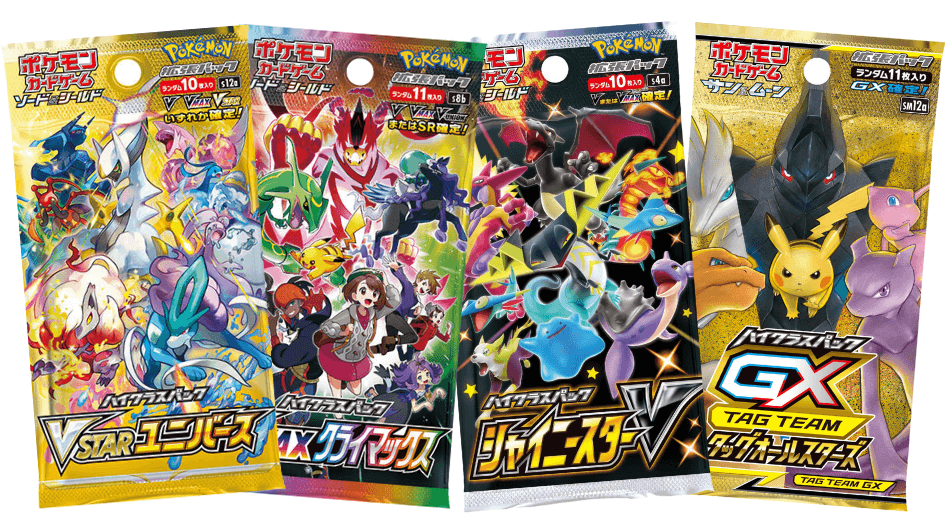
All sealed packs are equal.
Before you tear open that foil bag, you don’t know if you’re holding a stack of Caterpies, or are about to be dazzled by an ultra-rare Charizard GX.
That little piece of knowledge can be the difference between buying a card for pennies, or spending hundreds, even thousands, to catch that Pokemon.
The rarity designations differ between the English and Japanese versions.
They've become more similar than different in the modern era, however, the basic list consists of:
- COMMON
- UNCOMMON
- RARE
- HOLO RARE
- ULTRA RARE
- RAINBOW
- SECRET RARE
We can use this list as a guide, but the sets have added and removed rarities over the years, and a given designation does not always represent the same real-world pull rate in every set.
It’s a complicated system, but for our purposes simply know that some cards are rarer than others.
In the English packs, produced in the US by Wizards of the Coast, there is at least one Rare card per pack of 10 cards.
At higher rarities, the chances fluctuate.
For instance, In a more recent set, Sun & Moon, diligent fan calculations revealed that Ultra Rares appear in 1 in 23.72 packs, and Secret Rares show up in 1 out of every 123.16.
This is reflected in the price, with a simple Rare like Masquerain going for $0.15, while the Secret Rare Umbreon GX brings in $30.15, according to tcgplayer.com.
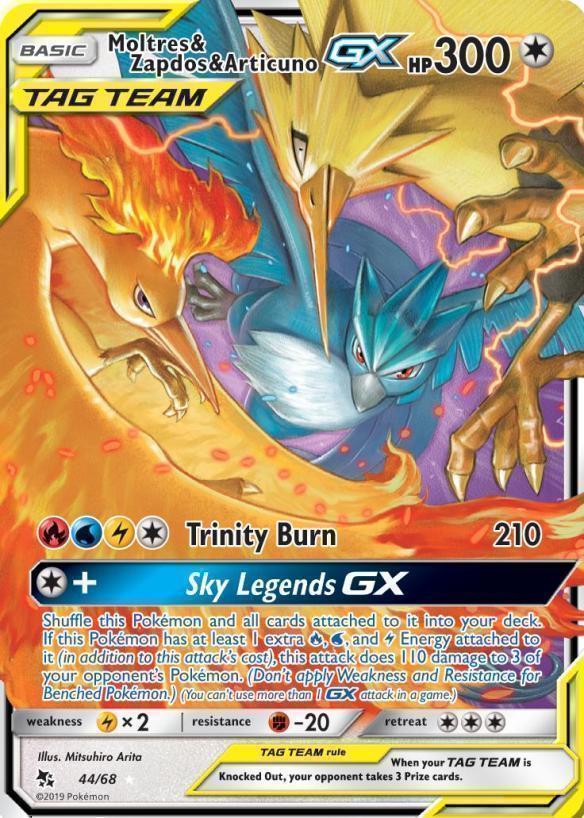
In the past, Japanese packs contained a guaranteed Holo, and by all accounts had higher incidences of all rarities.
One of the reasons collectors enjoy these original sets is the comparative ease with which special cards are found.
Today, the typical 5 card pack is not guaranteed to contain anything of note.
However, when judging pull rates based on the number of cards pulled, you still experience more frequent rare draws with Japanese packs.
Moreover, special booster boxes, like the Tag-Team GX release, do guarantee multiple instances of holos and rares in each pack, and even increase the pack size to 10 cards. The price is higher, but is generally on par with the usual cost for English booster boxes.
So, your chances of catching a legendary pokemon are significantly higher when buying Japanese cards.
This means that, even if you were to spend the exact same amount for the same number of cards, you’d get greater value from Japanese packs.
So that’s it, right?
Filling your Pokedex is going to be easier if you buy your cards from the Pokemon Card Laboratories, instead of Wizards of the Coast?
Actually, that's not always the case.
...and There’s Rare
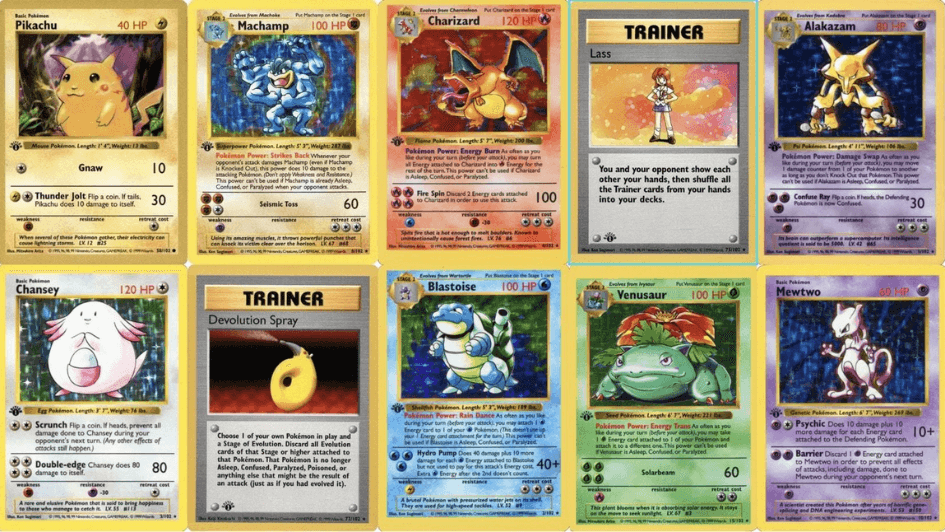
Remember when we mentioned that rarity designations have varied through the years?
Well, there are some cards that don’t rely on the manufacturer to dictate their rarity.
There are very old sets of Pokemon cards that actually predate the founding of the game, such as the much-vaunted vending series that was only available in Japanese vending machines.
A myriad of promotional cards never see translations, either, and you can only get them by having them imported.
Even within some sets that are shared on both sides of the ocean, some cards simply don’t make it to places like the U.S.A, or have their art changed making the originals rarer.
And then there are the legendary Trophy cards.
They can only be won at tournaments, or the occasional art contest, and are exceedingly rare.
Such cards represent the cream of the crop as collectibles go, and because of them, the most expensive Pokemon cards have always been Japanese versions.
The card “Pikachu Illustrator” perfectly, ah, illustrates this point.
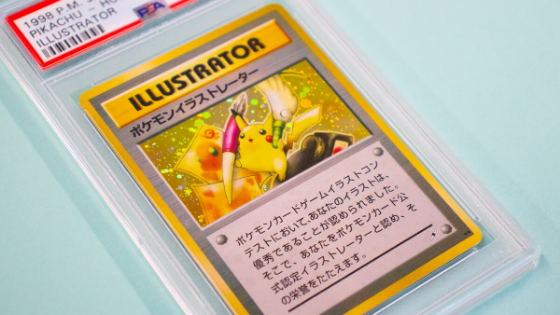
In 2019 one copy of this card was bought for $195,000, by far the most ever paid for a single Pokemon card at that time. But prices keep raising!
In 2020 ZenMarket sold a Japanese “Pikachu Illustrator” for $233,000, setting a new world record at that time
It’s more than most of us will ever spend on our entire collections!
But, while it’s true that these amazingly rare cards may make you amend the “Gotta catch 'em all" to “Gotta catch _most_ of them,” their very rarity means they only represent a sliver of what’s available, and they don’t count as a part of any set.
Remove these from the picture, and Japanese cards, even the more prosaic variety of rares, are consistently less expensive than their English counterparts.
In the same way, you could say you completed your Pokedex in Red and Blue without adding MissingNo, you shouldn’t feel your collection is lacking because you can’t afford these promotional cards.
Promotional vs. Playable
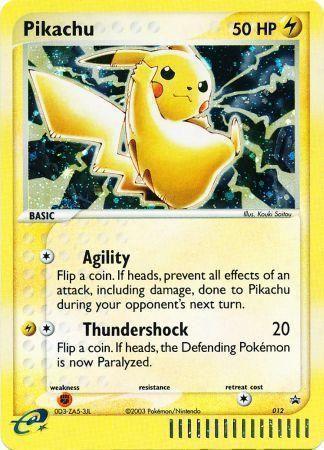
Speaking of promotional cards, they are usually less sought after.
The same is true for Japanese cards in general, and the reason is simple: most people can’t use these cards in tournament play.
If you’re not in Japan, then your Japanese collection is just for show.
This has a depreciating effect on the value, but it can be hard to predict.
If you’re actually in Japan, then the prices you see will reflect the belief that you are purchasing the cards primarily to play with.
When offered online to international audiences, the understanding is that they are collectibles.
Savvy vendors hike their prices to take advantage of this fact, particularly when new sets are released and have yet to see English translations.
During those times, booster boxes will be priced as high as a seller feels they can get away with. Once the Western version is released, the cost will return to the previously discussed levels.
In the case of promotional cards, their value is far more subjective.
If the consensus is that the artwork is particularly good, or there is some especially resonant pop culture reference, then they can gain decent value.
It’s just not as consistent, or as high, as the value assigned to rare cards that are actually useful.
Final Verdict
In the vast majority of cases, Japanese cards represent a better value than English cards, but this is purely when viewed as collectibles.
If you value cards for their usefulness in play, you should stick to versions in the language of your home country.
As investments, however, Japanese cards have much to attract a foreign buyer.
They are cheaper to buy, have a high yield of rare variant cards, and count several country-exclusive cards among their offerings.
Remember to buy in bulk for maximum cost efficiency and minimal shipping charges.
Resist the urge to buy newly released sets. They will be much more affordable when the translation is released.
And finally, don’t be discouraged by the astronomical price of the rarest Pokemon cards -- there aren’t enough of them for everyone to have a copy of anyway.
If you're looking to get the latest pokemon cards directly from Japan, check out our Pokemon showcase below, where we make buying cards from Japan simply for you!
